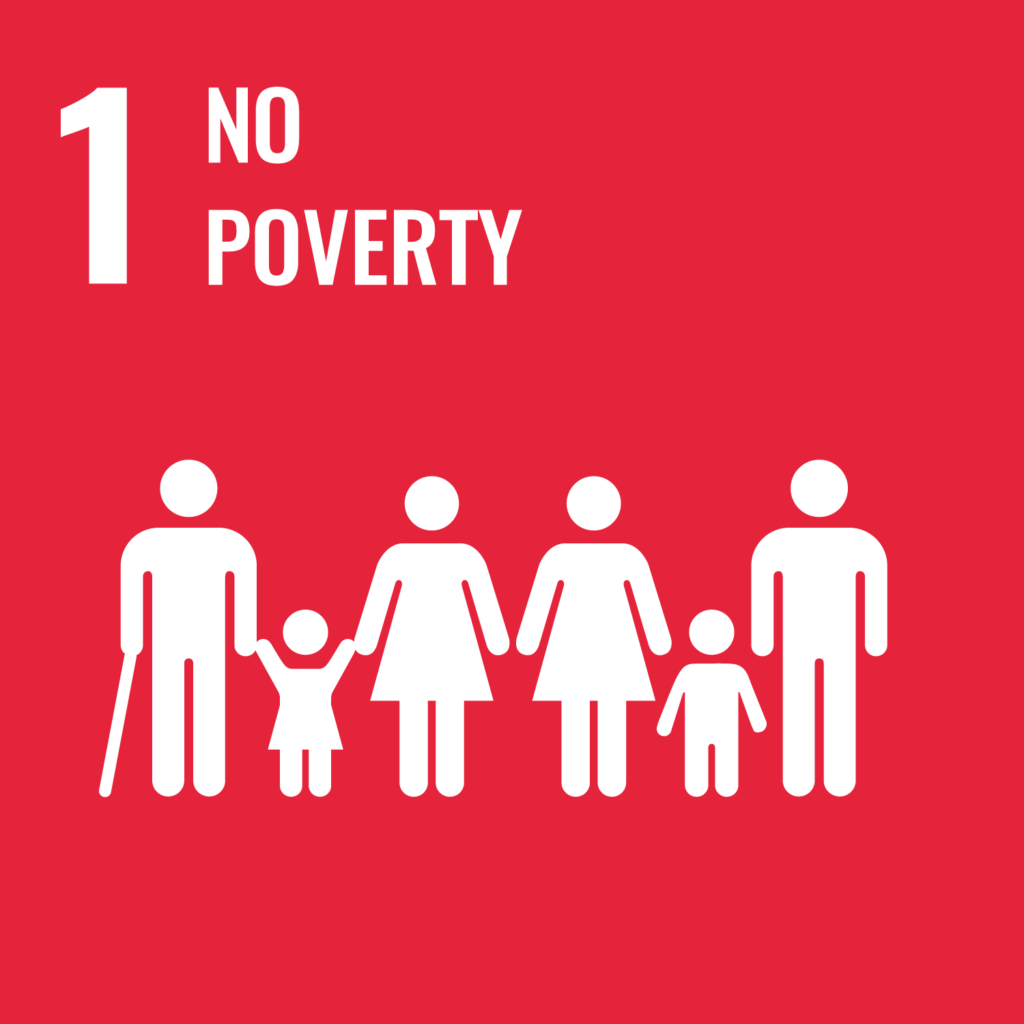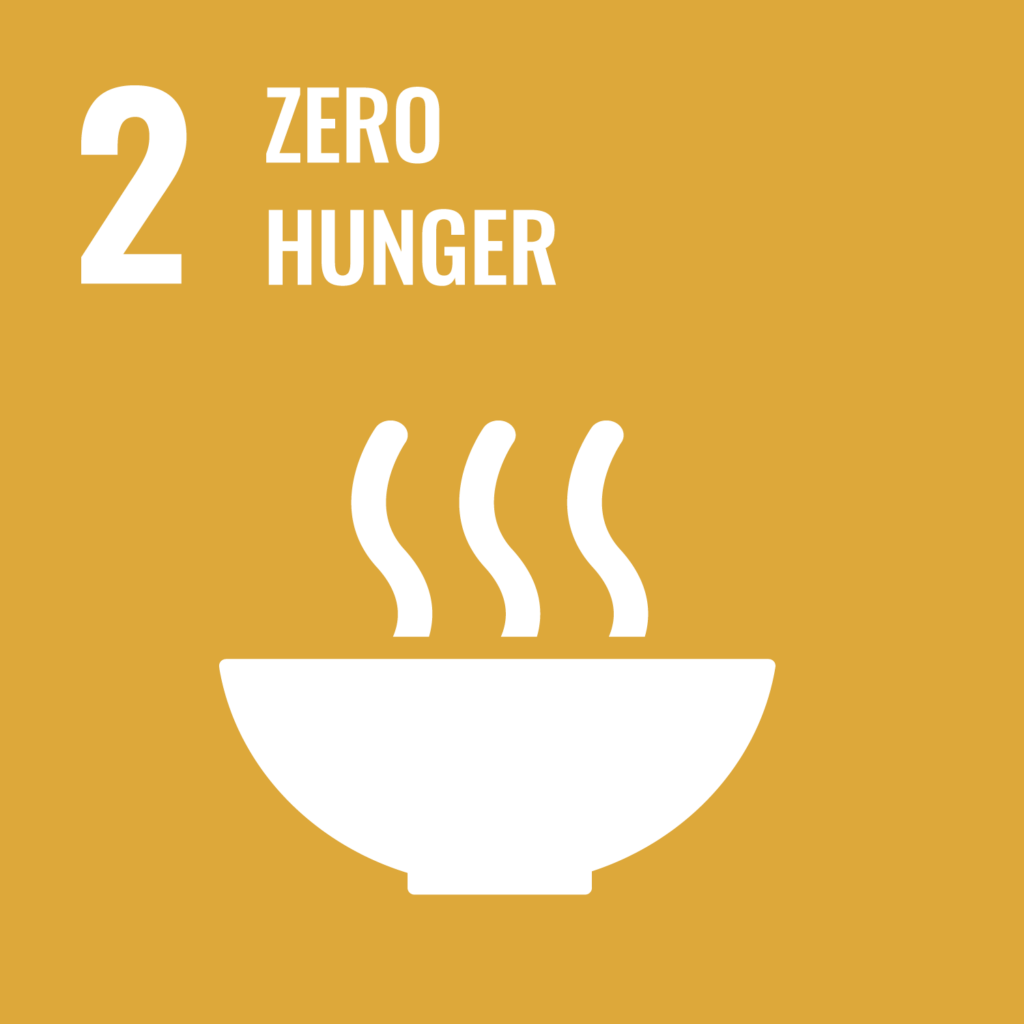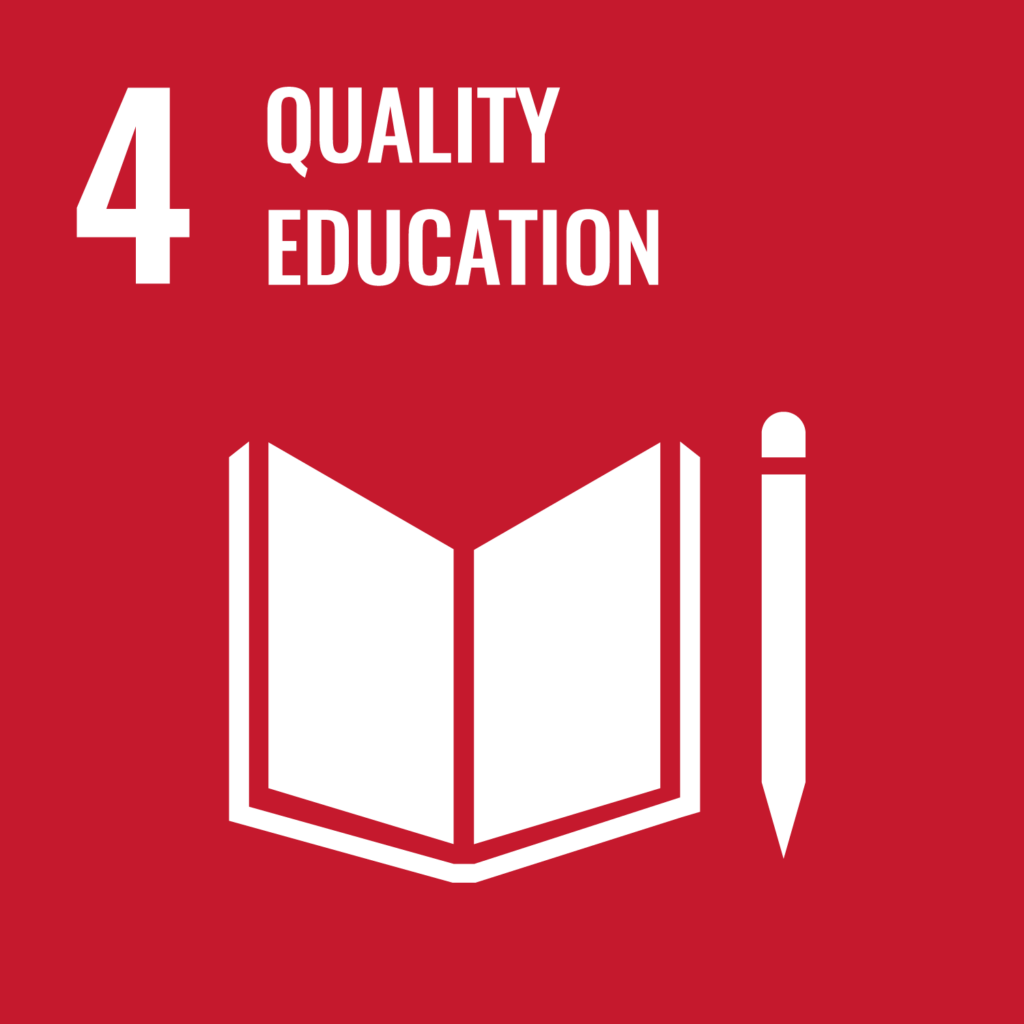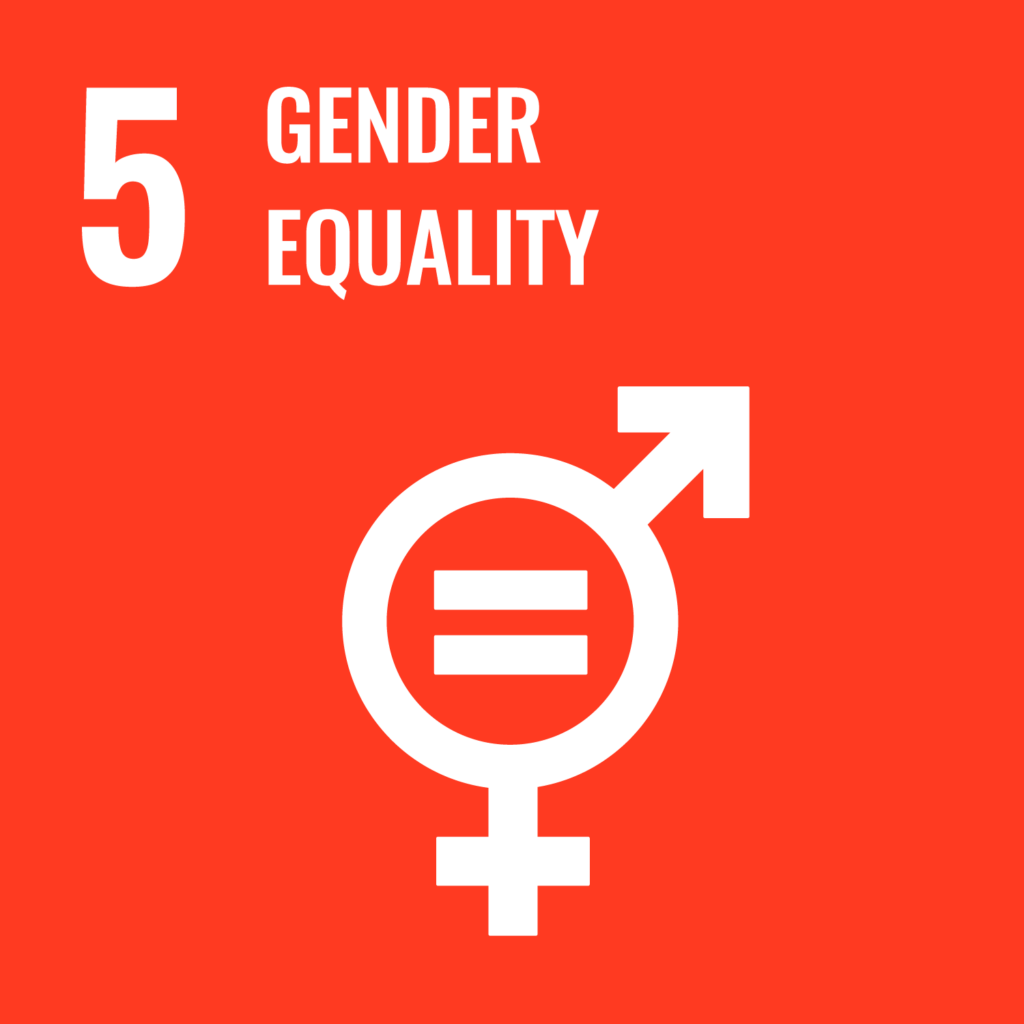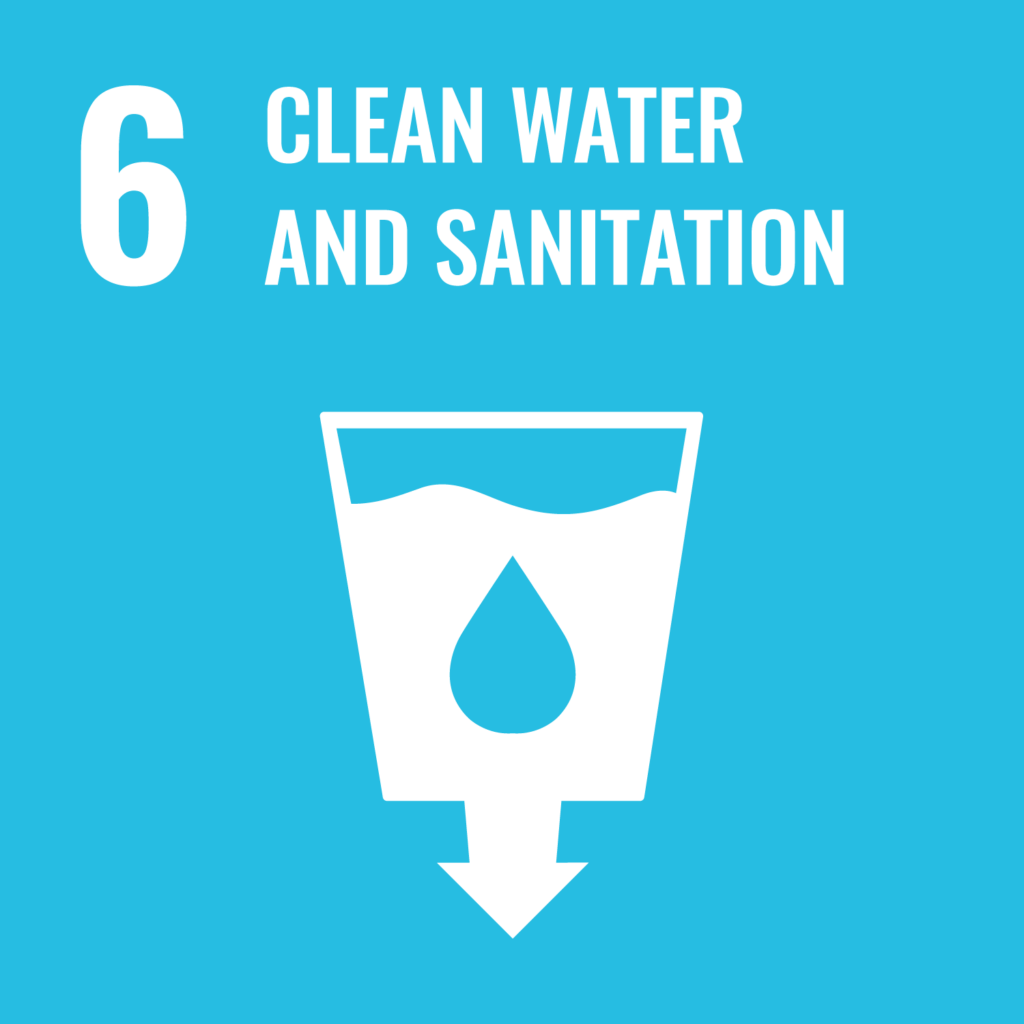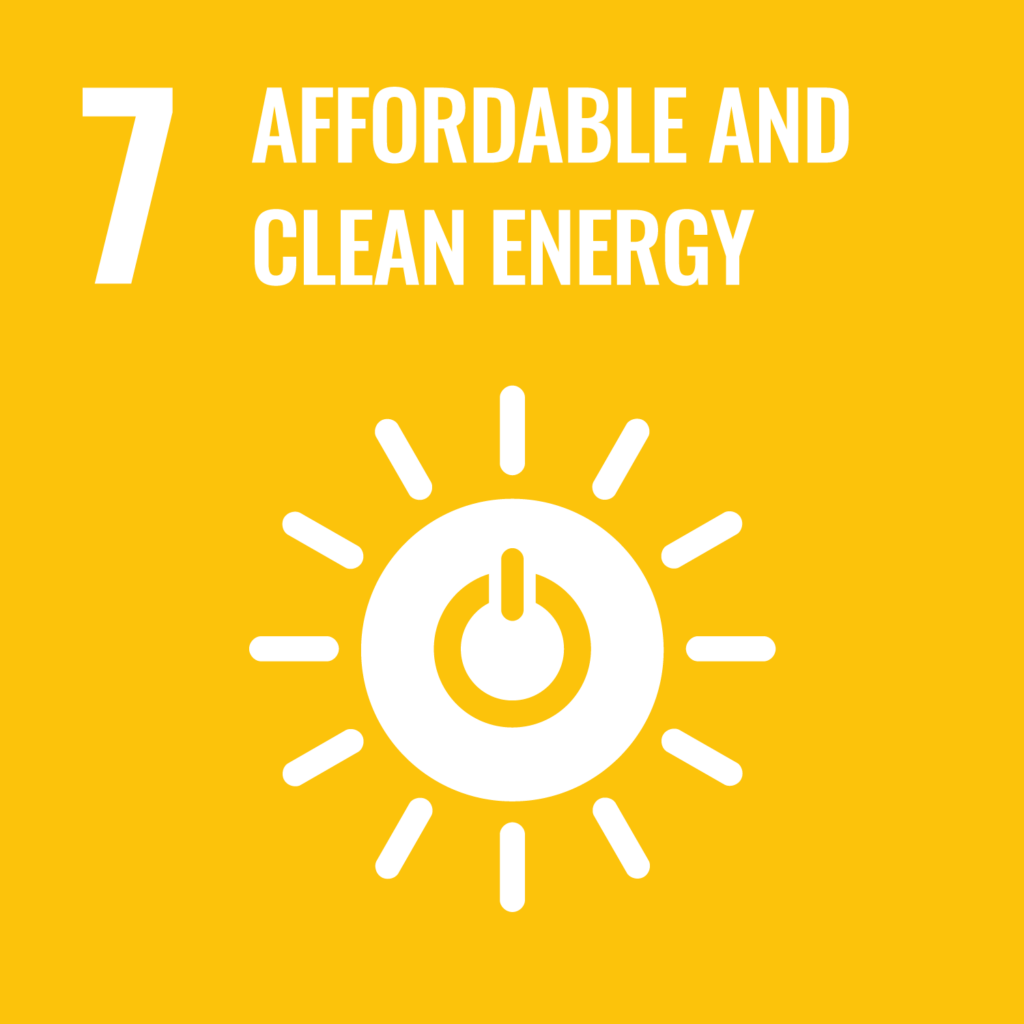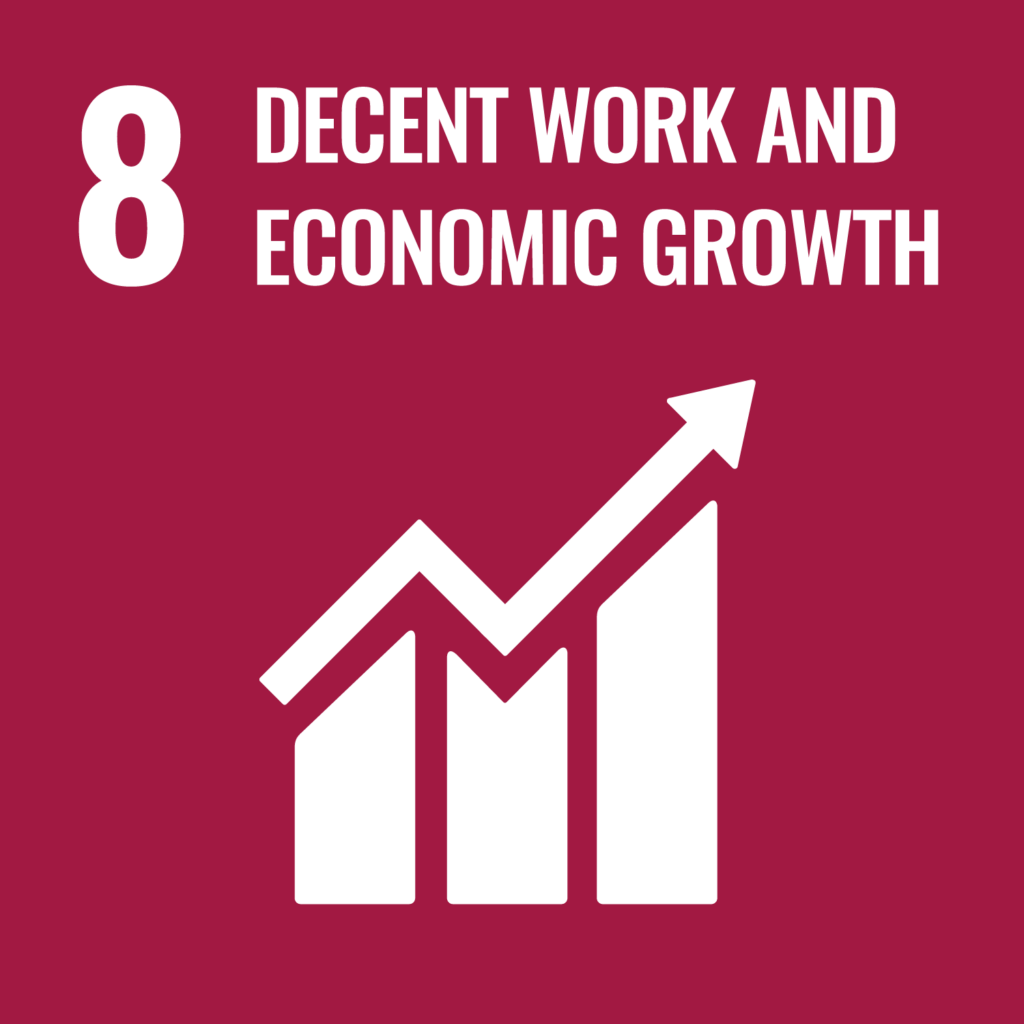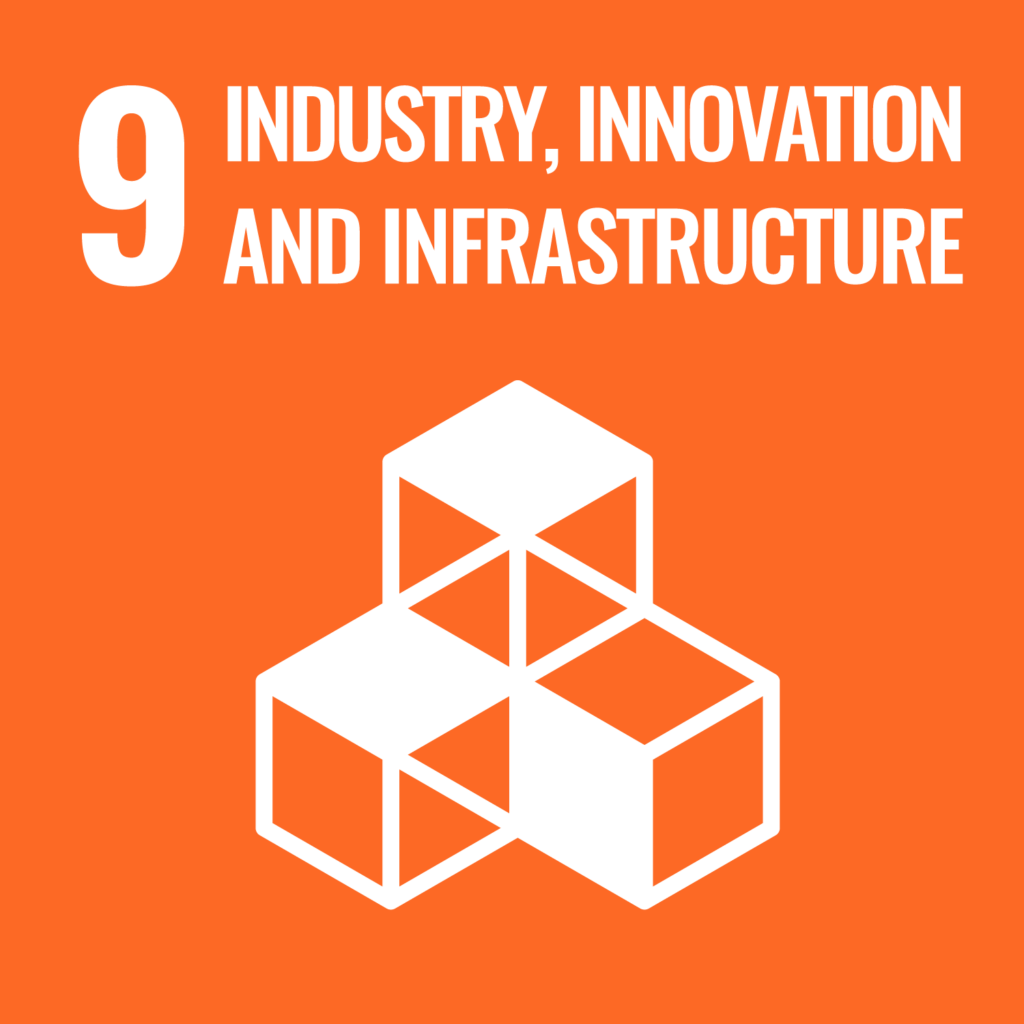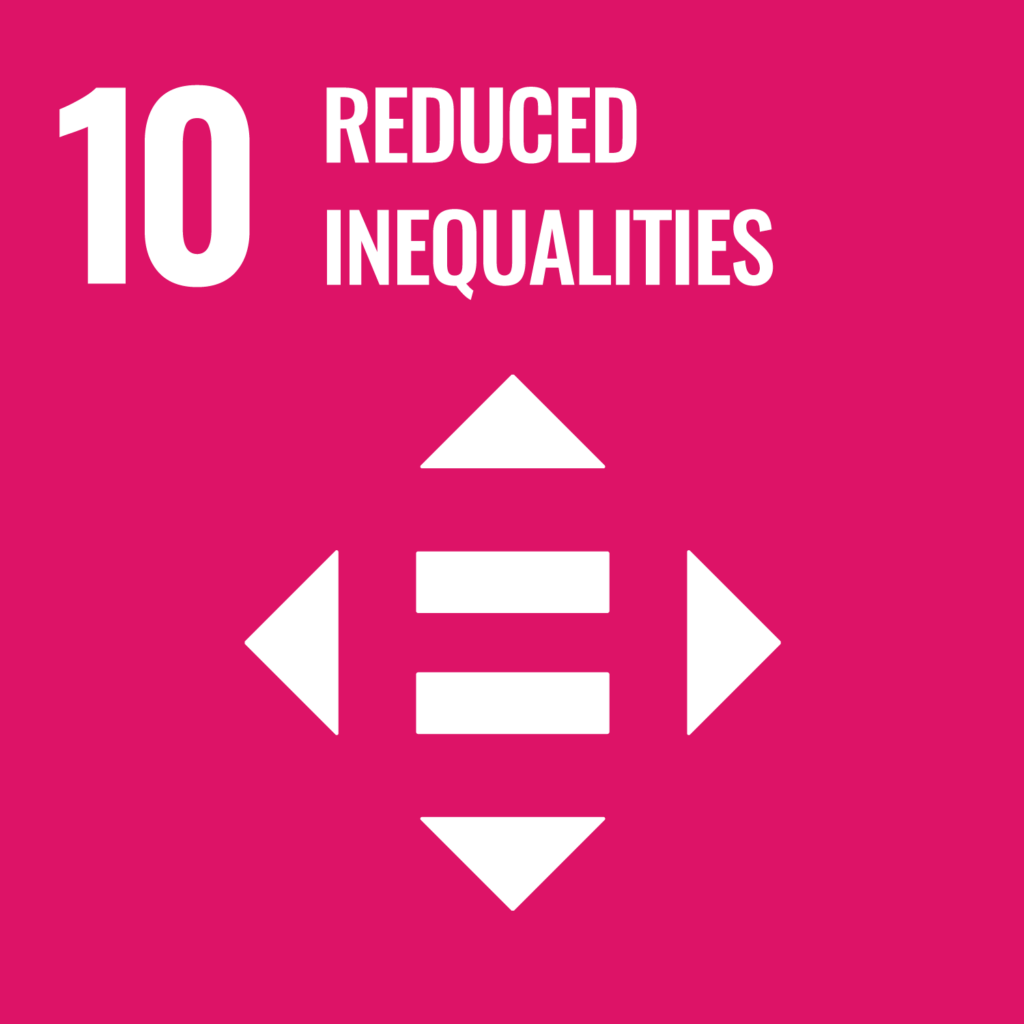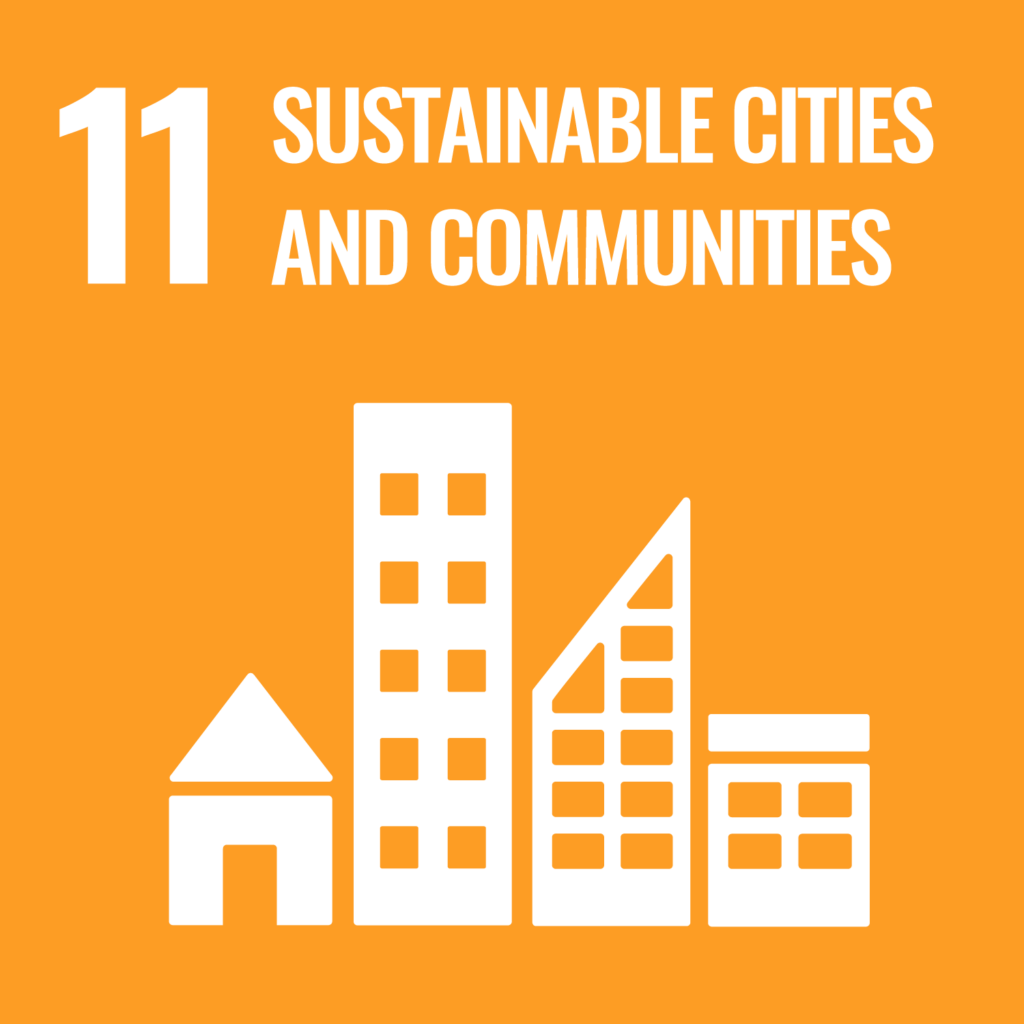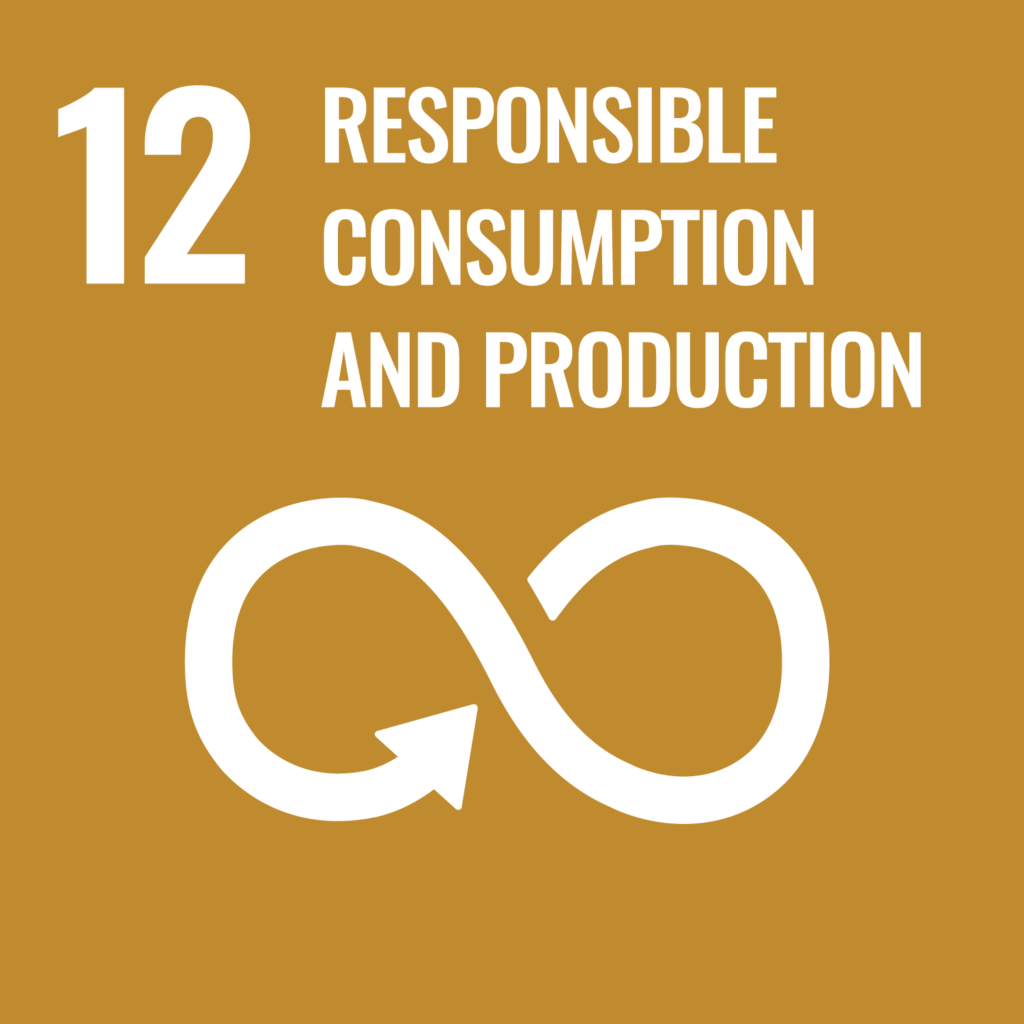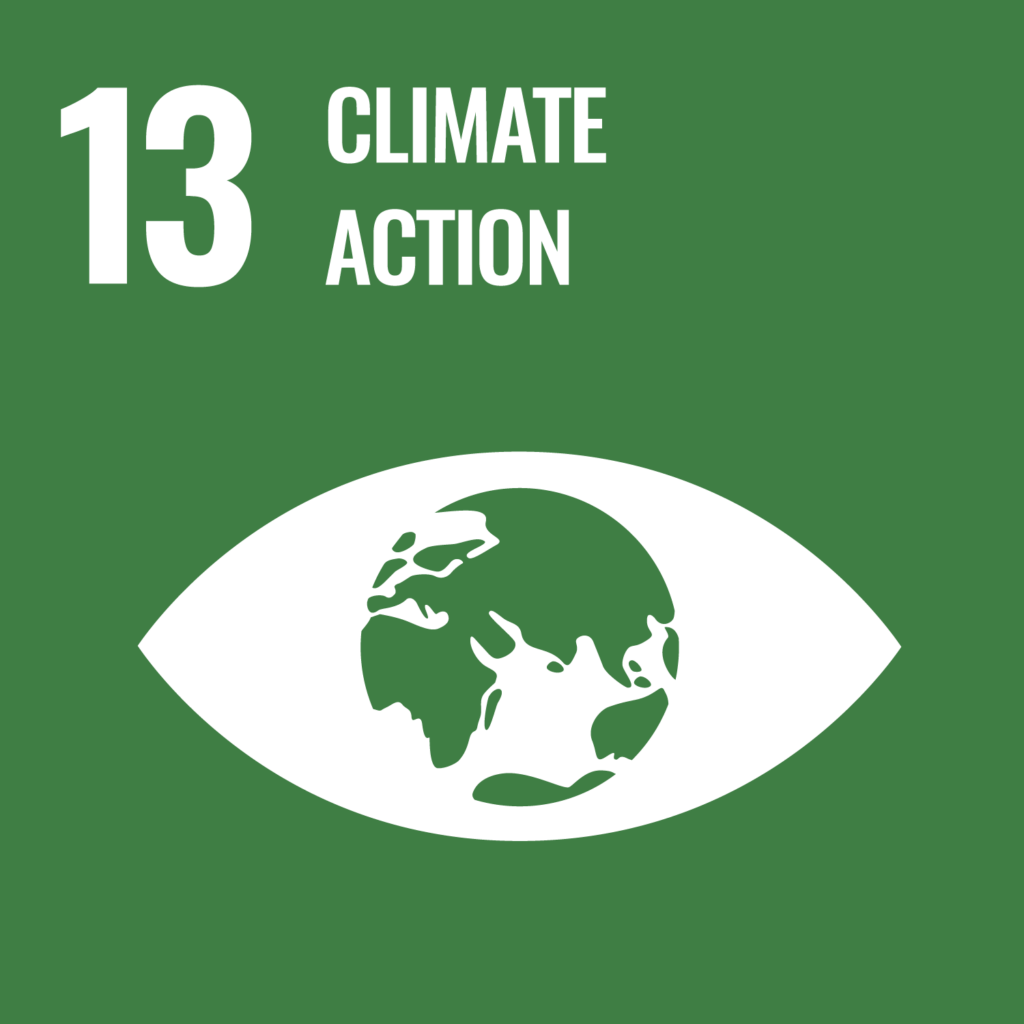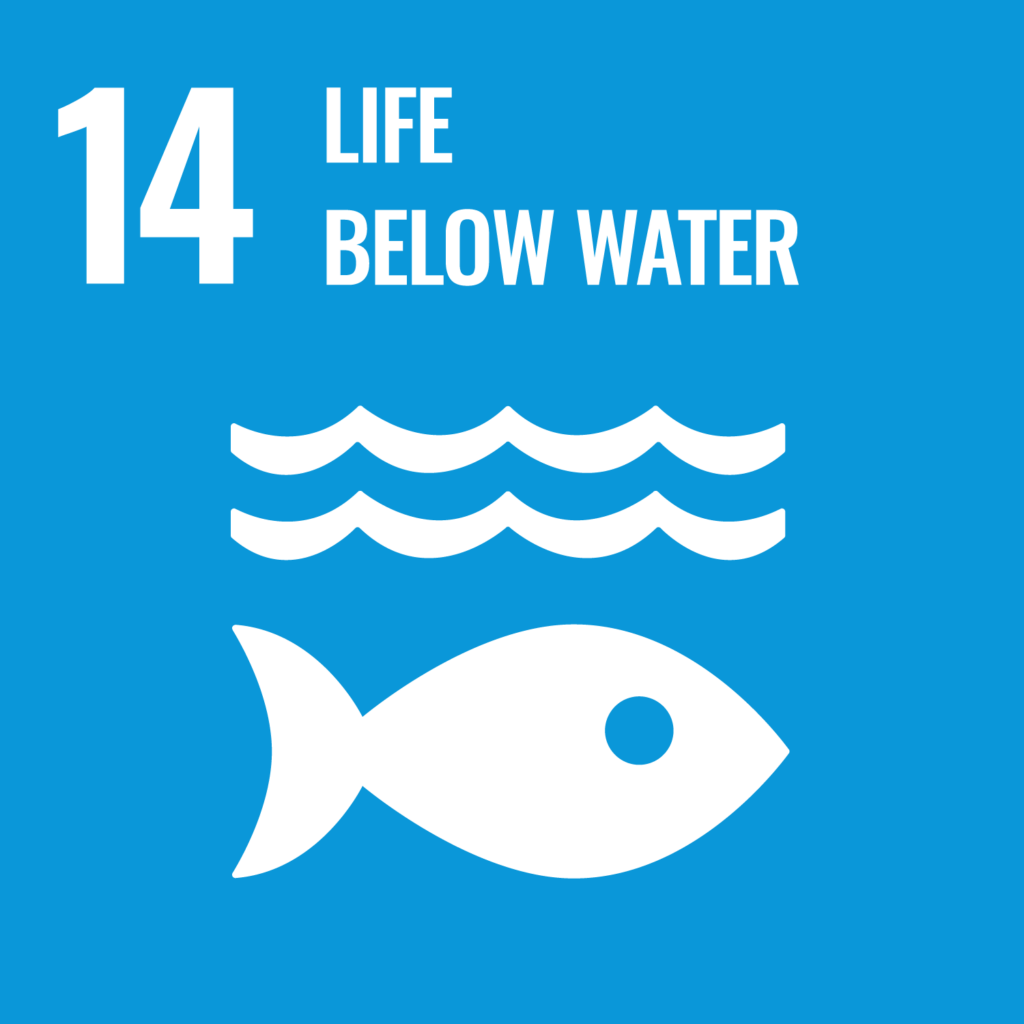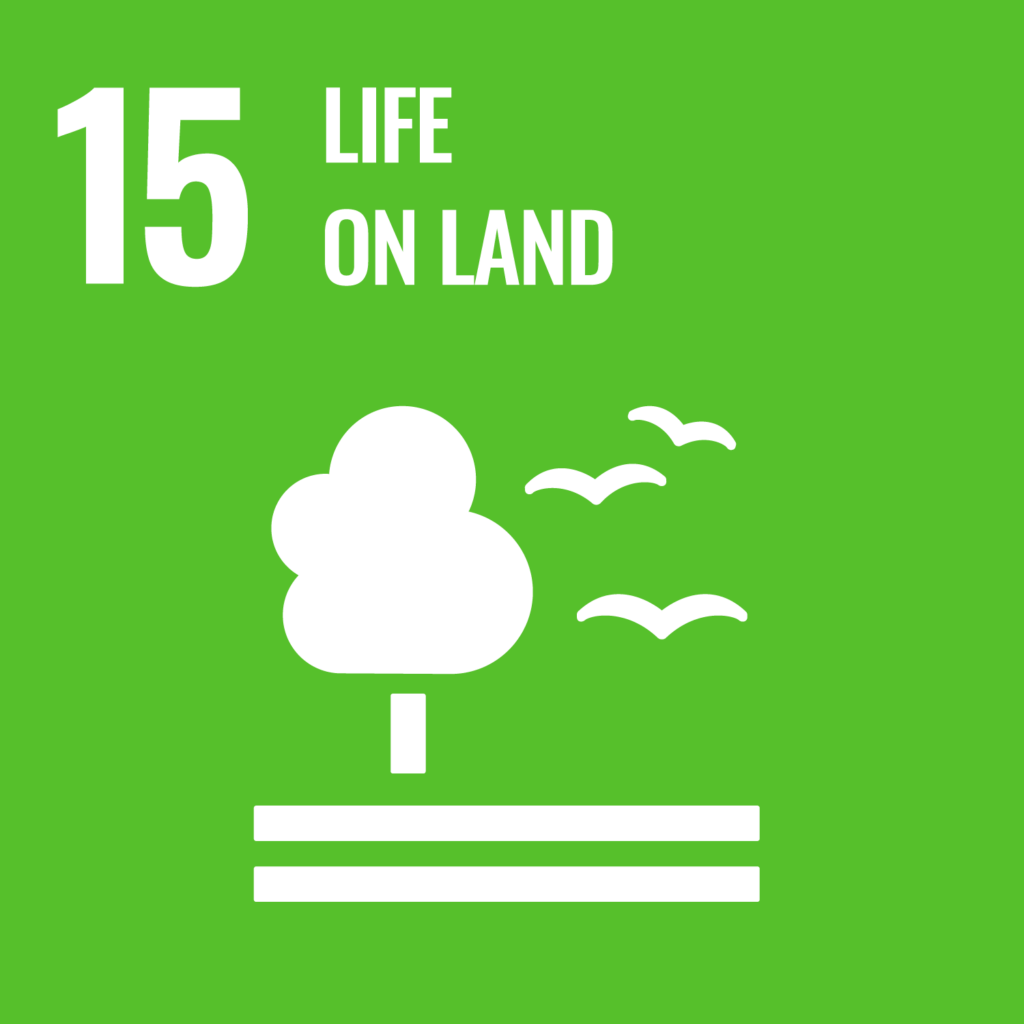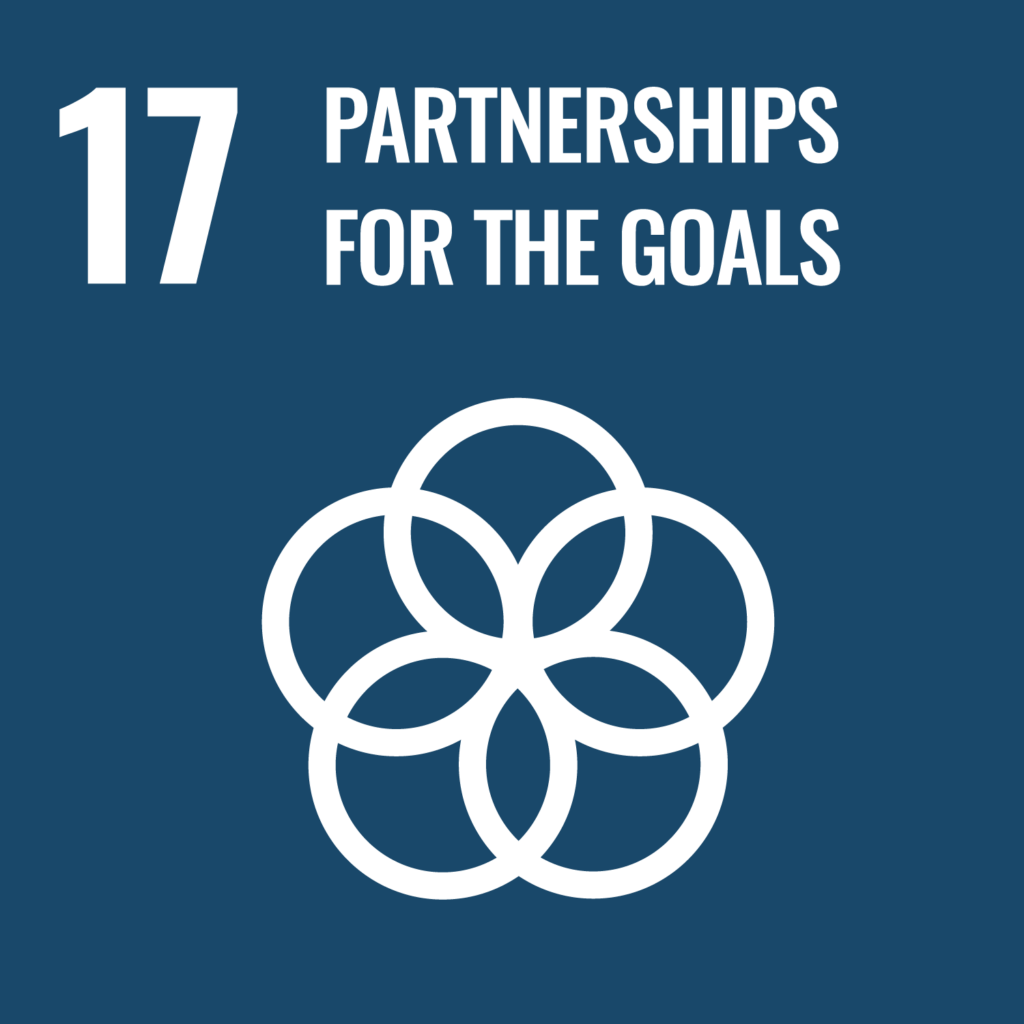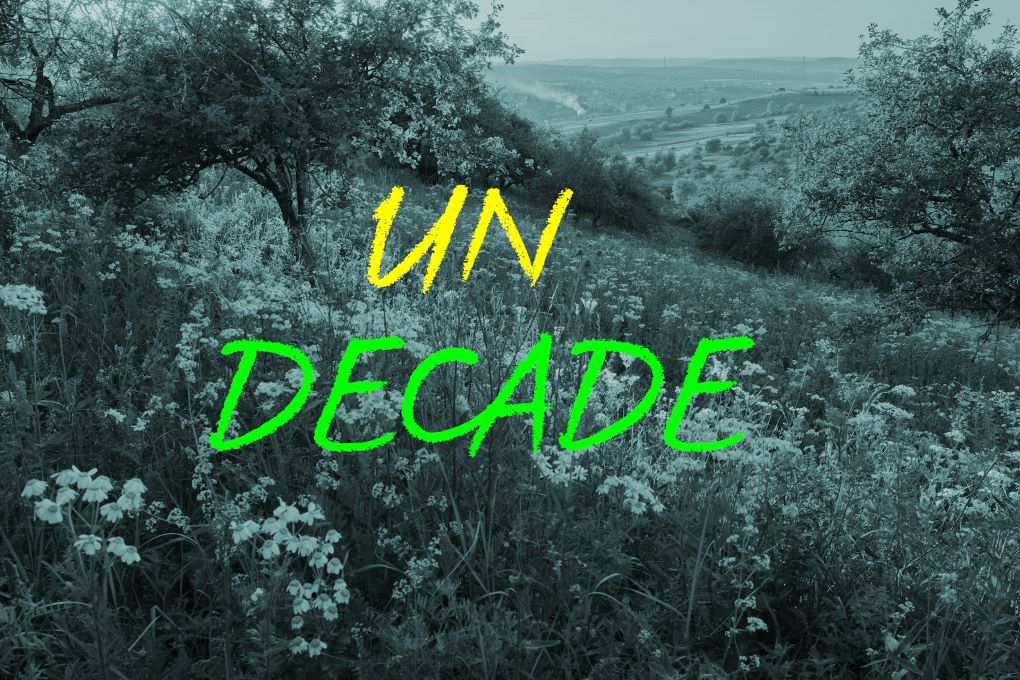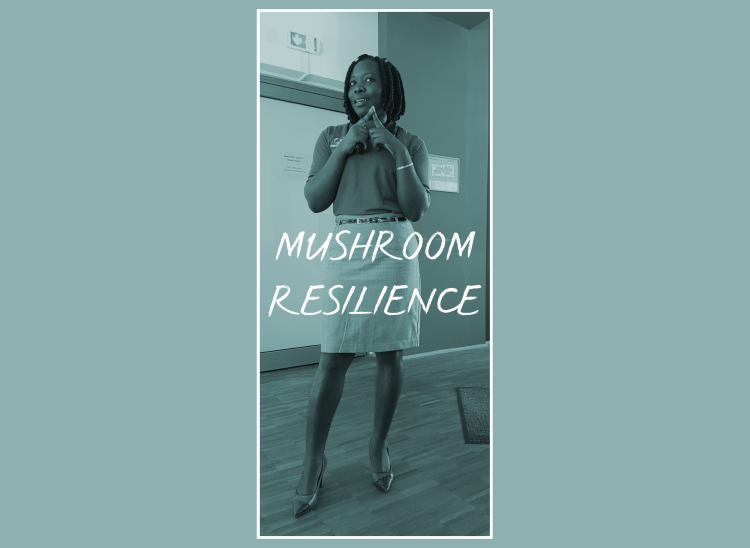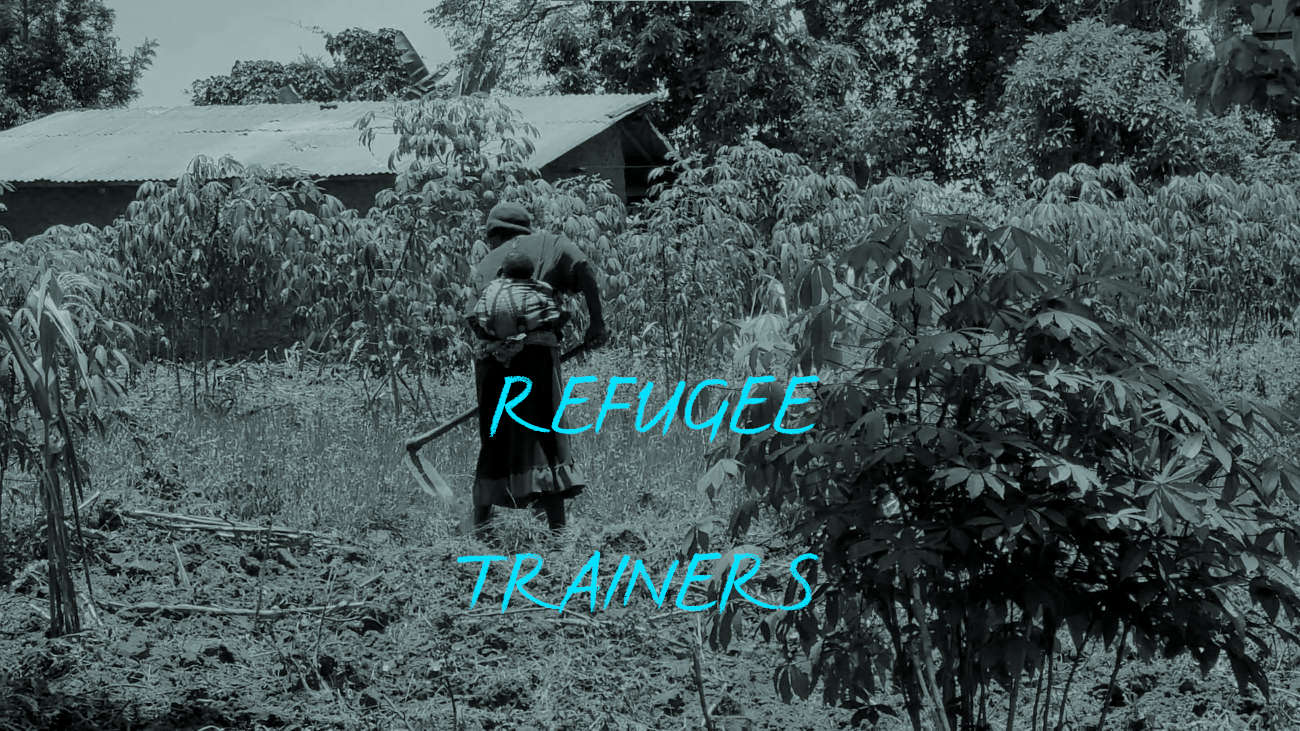What influence does the UN Decade of Ecosystem Restoration have…
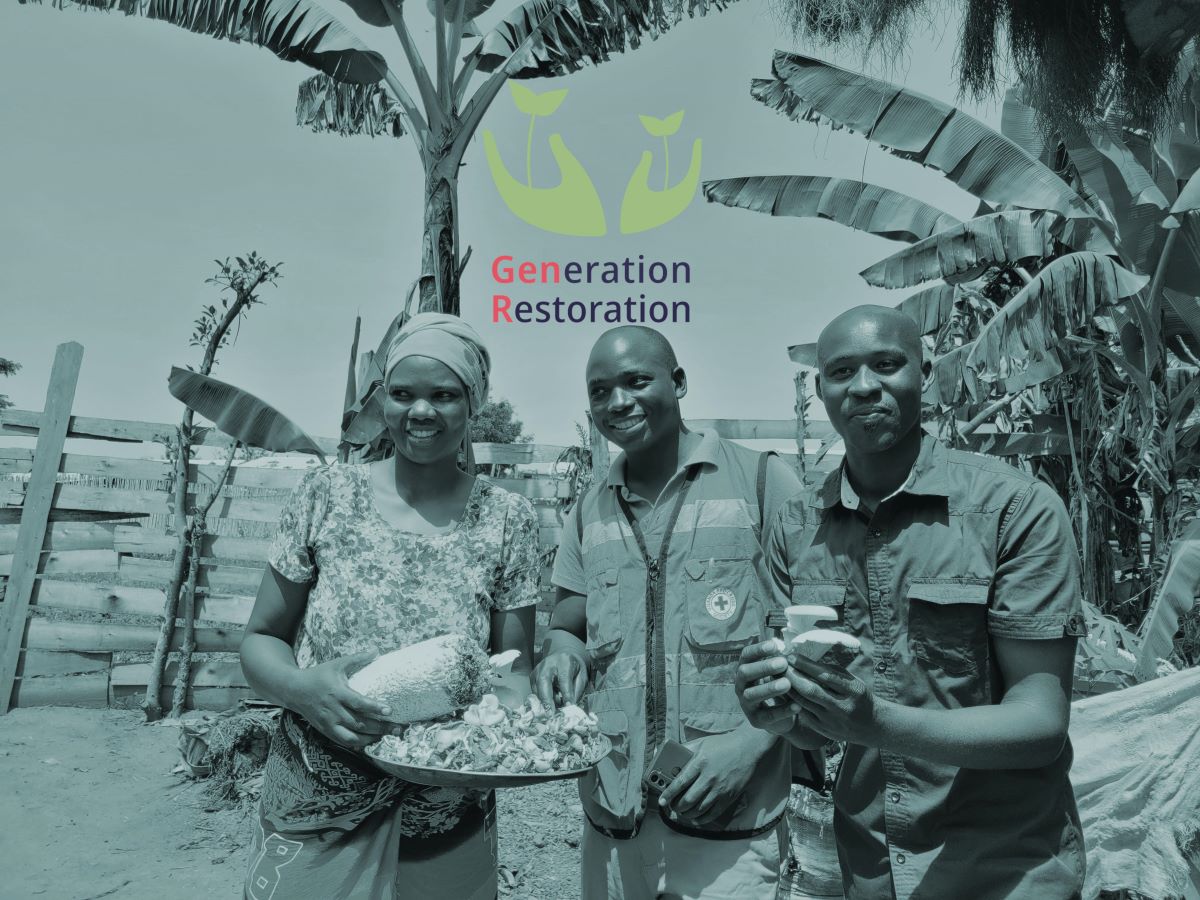
Generation Restoration – Restoring Refugee Camps Ecologically
What if we transform refugee camps around the world from desolate deserts of insecurity into green places of hope? That is the vision of Generation Restoration.
Transforming Refugee Camps into Regenerative Communities
Rebuilding Planet, People and Peace
People flee from drought, hunger and war. They generate enormous strength to find better living conditions. A refugee camp is always seen as a stopover – but the onward journey is risky, costly and hard. A high percentage of people will never leave the camp again.
What if this place transforms from a place of misery and uncertainty to a place worth living with real hope? What if we could transform refugee camps into regenerative communities for people’s health and wealth, for people’s peace, for the ecosystem’s regeneration?
Together we could transform the landscape of the world’s refugee camps from a desert into a flourishing, nourishing oasis. We would create the soil for peace, well-being and a healthy environment.
Globally, there are about 108 million forcibly displaced people including refugees.[i]
At the same time, more than 75% of the earth’s land areas are substantially degraded.[ii] This undermines the well-being of almost half of the world’s population.[iii] The annual costs of land degradation are more than US$ 231 billion.[iv]
However, there is hope.
There are answers. There are examples that prove we can turn global problems into local solutions. Many regenerative projects worldwide work on the regeneration of land and the healing of people and ecosystems. What if we could tap into this enormous potential to enhance the living conditions of people and the ecosystem services of the region they live in?
Ecosystem Restoration on the Land Means
…improving soil fertility, the water cycle and the local climate with regenerative practices like permaculture, agroecology, agroforestry, holistic management, organic farming and other techniques. You literally plant the seeds for a healthy future for people, because you strengthen ecosystem services like food production, clean water and air, cooling and shade, natural building material, as well as climate protection, biodiversity and much more.
UN Decade on Ecosystem Restoration
We are now in the UN Decade of Ecosystem Restoration (2021-2030). We can use this momentum to bring nature based and people centred solutions into the spotlight and let them multiply, pollinate others and scale the positive impact.
Around 2 billion hectares of degraded lands worldwide have potential for ecosystem restoration.[v] Most of the rehabilitation work could take the form of “mosaic restoration”, in which forests are combined with protected areas, agriculture, waterbodies, and human settlements on a landscape-wide scale. With restoration, we can tackle big crises like biodiversity loss and climate change in an effective way.
The restoration of degraded ecosystems by 2030 can generate 9 trillion US-Dollars in ecosystem services and remove 13 to 26 gigatons of CO2e from the atmosphere[vi]. The benefits exceed the costs of the initial investment tenfold.[vii]
What if everyone in the world could contribute to achieving all 17 SDGs (Sustainable Development Goals of the United Nations)?
We want to strengthen the root system of a resilient society.
We are the Generation Restoration.
Generation Restoration Initiative
The Generation Restoration initiative started in 2021 when co-founder and facilitator Tina Teucher initiated two global roundtables on the visionary question: What if we transformed refugee camps into regenerative communities? More than 150 people from over 40 countries joined the conversations to discuss how to multiply and scale existing but small grass root projects and build new standards for a regenerative refugee camp design. The needs detected in these dialogues were scaling, funding, guidance and networking.
VISION:
Refugee camps and settlements become places of regeneration and resilience
WHY:
Healing of people and earth. Need for peace, food, ecosystem services.
HOW:
Accelerating and scaling regenerative solutions in refugee camps
WHAT:
Bringing together organisations, funding, networks and projects
General Observations
- Restoration with refugees has a great potential.
- Good examples with knowledge & experience already exist.
- Obstacles hinder them to be widespread yet.
- Learning from each other can help overcome the constraints.
- It needs grass root support, new standards and viable approaches for impact investment.
Strategy & Theory of Change
1. SCALE Positive Examples: Funding & visibility for grass root projects to multiply
Successful grass root projects with proof of concept now need fast AND long-term oriented funding to multiply their impacts, for example to create permaculture train-the-trainer-programs, build educational centers and train millions of refugees.
2. CHANGE Standards: Facilitating dialogues with standard setters (guidelines)
Big institutional stakeholders like UNHCR and WFP are not yet focusing on long-term regenerative solutions on a large scale. In a facilitated participatory process, they can develop common visions and strategies, including learnings and wisdom from existing projects.
3. DEVELOP Opportunities: Cultivate business models for impact investment
Impact Investors are just about to discover the potential of combining ecosystem restoration with humanitarian or development aid, resulting in multiple benefits. They need guidance on how to measure positive impact of projects and how to help them become “investable”.
Contributing to All 17 SDGs: Regenerative Practice in Refugee Camps and Settlements
End Poverty in all its Forms Everywhere
One in every 97 people in the world is now displaced, a refugee or migrant. It is estimated, that by 2030 up to two-third of the global extreme poor may be living in fragile and conflict-affected situations[viii]. Promoting ecological restoration can enable income generation through e.g., renewable energies, sustainable agriculture as well as the natural production of e.g., cosmetics.
End Hunger, Achieve Food Security and Improved Nutrition and Promote Sustainable Agriculture
Around 811 million people around the world are currently going hungry[ix]. The food supply for people on the run is particularly critical. By 2050, more than 200 million people could be forced to leave their homes[x]. Regenerative agriculture can contribute to greater food security, reduce supply dependency, and increase nutritional value.
Ensure Healthy Lives and Promote Well-being for All at All Ages
1.8 billion adolescents and youth (ages 10-24) will fall short of potential if current policy and investment approaches fail to meet their needs in health and well-being[xi]. Ecological restoration and soil health is linked to human health[xii]. In addition to the potential for quality nutrition, permaculture gardening can contribute to mental health, as being out in nature has a very positive influence on emotional well-being[xiii].
Ensure Inclusive and Equitable Quality Education and Promote Lifelong Learning Opportunities for All
The world was already facing a learning crisis before Covid-19, with nearly 6 out of every 10-year-old in low- and middle-income countries suffering from learning poverty.[xiv]. Ecological restoration can provide opportunities for qualifying education, capacity building including training in sustainable land management and biodiversity conservation e.g., in permaculture courses, train-the-trainer programs and peer-learning-groups.
Achieve Gender Equality and Empower All Women and Girls
Women make up 43 percent of the global agricultural labor force, yet they face significant discrimination when it comes to e.g., land and livestock ownership as well as equal pay[xv]. Ecological restoration can promote gender equality by creating opportunities for women´s participation in e.g., decision-making processes[xvi]. It also reduces the risk of women being exposed to violence in the camps, as they are absent because they are on long trips to collect wood.
In most of the existing regenerative projects in refugee camps, women and youth make up more than half of the beneficiaries.
Ensure Availability and Sustainable Management of Water and Sanitation for All
In Africa alone, by 2030, about 250 million people may experience high water stress, with up to 700 million people displaced as a result[xvii]. Every day, more than 1,000 children under the age of five die worldwide from diseases caused by contaminated water, lack of sanitation and poor hygiene[xviii]. Regenerative practices can help provide clean water and sanitation, for example with water catchment techniques, organic farming that does not poison the groundwater with pesticides, and compost or “Ecosan” toilets using human waste as fertilizer for farming.
Ensure Access to Affordable, Reliable, Sustainable, and Modern Energy for All
Although the global electricity access rate increased from 83% to 90% between 2010 and 2019, bringing electricity to 1.1 billion people for the first time, there are hundreds of millions still without electricity, especially in sub-Saharan Africa[xix].
In 2017, at least 34 million people gained access to basic electricity services through off-grid technologies[xx]. Off-grid solar energy solutions can offer immediate access to affordable, clean, and reliable electricity in places that are hard to supply[xxi].
Renewable energy lifts people from poverty. In India, distributed solar panels brought electricity to 650 million people between 1981 and 2011[xxii]. This led to increased literacy among girls, resulting in fewer children per woman in subsequent generations. Despite a carbon cost of one third of a ton CO2/year/person, renewable energy replaced fossil fuels and fueled India’s solar industry.
Promote Sustained, Inclusive and Sustainable Economic Growth, Full and Productive Employment and Decent Work for All
A 2021 report from UNEP states that “…71 million unemployed youth are currently struggling to find a job”. The report goes on to say that, with the relevant skills and training, “the transition to a green economy will add an estimated 60 million new jobs to the market by 2030”[xxiii]. In this way, good jobs are created, and an economic development of camps population is enabled.
Build Resilient Infrastructure, Promote Inclusive and Sustainable Industrialization and Foster Innovation
The Covid 19 pandemic hit the processing industry harder than the global financial crisis of 2007-2009 and led to a 6.8 percent drop in production in 2020[xxiv]. Additionally to the positive local effects on jobs, developing regenerative solutions with e.g., carbon credit projects, biodiversity offsets, as well as possibilities for ecotourism create even more economic growth opportunities. Regenerative innovation like mushroom production or circular waste management can improve camps’ infrastructure. The restoration of ecosystems improves their capacity and therefor the “green” infrastructure as a basis for social and technological innovative strength.
Reduce Inequality Within and Among Countries
Africa emits less than 2-3% of current global carbon emissions[xxv]. In contrast, China emitted 30,9% and the United States emitted 13,49% of the world`s carbon dioxide in 2021[xxvi]. Over 1.3 billion people, mostly in the developing countries, are trapped on degrading agricultural land, exposed to climate stress[xxvii]. Regenerative practices can help reduce inequalities by restoring degraded lands and ecosystems in marginalized and vulnerable communities. As Ecosystem Restoration projects are mainly based on participation and inclusion, they also reduce inequalities and dependencies, e.g., on food supply.
Make Cities and Human Settlements Inclusive, Safe, Resilient, and Sustainable
Worldwide, more than one billion of the urban population live in slums, primarily in the three regions of East and Southeast Asia (370 million), Sub-Saharan Africa (238 million), and Central and South Asia (226 million)[xxviii]. Many of them are displaced in their own land. A study on malnutrition among urban slum children in Bangladesh shows that 51.1% of children suffer from severe malnutrition[xxix]. Climate-smart agriculture in urban and peri-urban areas, which is also a source of employment and income, has the potential to improve nutrition and food security for disadvantaged urban population[xxx]. Future refugee camps and settlements can be designed as sustainable cities in the first place with infrastructures that foster self-reliance rather than dependency, like for example urban gardening.
Ensure Sustainable Consumption and Production Patterns
The global material footprint grew by 70 percent between 2000 and 2017[xxxi]. Currently, about 40-60% of all armed conflicts within states are either triggered by conflicts over resources or are fought over them[xxxii]. In 2019, each person generated approximately 7.3 kg of e-waste, of which only 1.7 kg was properly disposed[xxxiii]. Due to these devastating numbers, it is more than urgent to change to more responsible consumption patterns.
Ecological restoration as a practice has the potential to make people rethink their relationship with nature and become more connected to nature[xxxiv]. Circular solutions in regenerative design could help develop a more responsible consumption behaviour.
Take Urgent Action to Combat Climate Change and its Impacts
By 2030, half the continent of Africa could be displaced because of climate change[xxxv]. Regenerative farming techniques sequester more climate-impacting green-house gases (like CO2) than they emit, thus being an important step for climate action. Among “natural climate solutions,” soil carbon could account for 25 percent in the future, estimates a study in Nature Sustainability[xxxvi]. According to the study, they would offset six gigatons of CO₂ each year[xxxvii]. That’s more than all the U.S. emissions.
Organic farming reduces the burden on the environment and thus saves society high costs. A recent study by the Technical University of Munich puts the cost savings due to lower nitrogen and greenhouse gas emissions at 750 to 800 Euros per hectare per year compared to conventional farming[xxxviii].
Conserve and Sustainably Use the Oceans, Seas and Marine Resources for Sustainable Development
More than 3.3 billion people obtain at least one-fifth of their animal protein from aquatic food. The importance of marine fish for the coastal population in developing countries and for the inhabitants of small island states is even higher[xxxix]. Many ecosystem services provided by the ocean are now threatened by over-exploitation, pollution, and greenhouse gases. Life under water can be spared and improved if, due to ecological agricultural management, soils and groundwater are protected from harmful chemical substances.
Protect, Restore and Promote Sustainable Use of Terrestrial Ecosystems, Sustainably Manage Forests, Combat Desertification, and Halt and Reverse Land Degradation and Halt Biodiversity Loss
Up to 40 per cent of the global land area is already degraded[xl]. Ecosystem services are worth about twice as much as the total economic services that humans provide. The global gross domestic product is about US$ 96 trillion. In contrast, the value of what nature provides to humanity corresponds to about US$ 150 to 200 trillion per year[xli]. Sustainably managed farms and forests can combat desertification, halt and reverse land degradation and halt biodiversity loss. Biodiversity flourishes through regenerative farming approaches like agroforestry, for example because the cropping is more diverse.
Promote Peaceful and Inclusive Societies for Sustainable Development, Provide Access to Justice for All and Build Effective, Accountable and Inclusive Institutions at All Levels
At the end of 2020, about 1 percent of the world’s population – 82.4 million people – had been displaced because of persecution, conflict, or generalized violence[xlii]. ImIn 2020, 5 civilians were killed for every 100,000 people in armed conflicts, one seventh of them were women or children[xliii]. Introducing holistic regenerative thinking in camp design can be especially valuable as there is a proven linkage between education and promoting peace, social cohesion, and sustainable development[xliv]. Regenerative design includes participation and peace building, as reflected in the ethical principles of permaculture[xlv]. The involvement of refugees as well as host communities can reduce prejudices and social tensions and thus build the basis for positive relationships.
Strengthen the Means of Implementation and Revitalize the Global Partnership for Sustainable Development
There is a funding gap of €2.5 trillion for achieving the 17 SDGs by 2030[xlvi]. Foreign direct investment, especially in poorer regions, fell by up to 40 percent in 2020, to below USD 1 trillion for the first time since 2005 (2019: USD 1.5 trillion)[xlvii]. This calls for even more cooperation and partnership to achieve a sustainable development. Regenerative practices for nature-based solutions work in a spirit of cooperation instead of competition and focus on learning from each other. They are establishing international collaborations and partnerships to move forward and achieve goals.
Tina Teucher is a facilitator for sustainability and regenerative business. As a bridge builder, she identifies connection opportunities through which all participants can achieve more together for a future worth living. So she founded the international Generation Restoration Initiative to integrate social, ecological and economic goals in a meaningful and holistic way. In it, people from all over the world work to help refugees improve their lives and opportunities – through approaches such as permaculture, forest gardens and ecosystem restoration. In this way, they can free themselves from the spiral of dependency.
The Generation Restoration online foundation set up by Tina Teucher supports projects that are already working on precisely this. Every donation to such solutions is effective many times over.
Tina Teucher’s newsletter provides information on current sustainability topics.
References (Introduction)
[i] UNHCR (2023): Refugee Data Finder. https://www.unhcr.org/refugee-statistics/
[ii] Ramsar (2018): 75% of Earth’s land areas are degraded; wetlands have been hit hardest, with 87% lost globally in the last 300 years https://www.ramsar.org/news/75-of-earths-land-areas-are-degraded-wetlands-have-been-hit-hardest-with-87-lost-globally-in
[iii] FAO (2019): The state of the world’s biodiversity for food and agriculture https://web.archive.org/web/20200210115833/http://www.fao.org/3/CA3129EN/CA3129EN.pdf
[iv] Ephraim & Anderson, Weston & Edward, Kato & Koo, Jawoo & Mirzabaev, Alisher & von Braun, Joachim & Meyer, Stefan. (2016): Global Cost of Land Degradation. 10.1007/978-3-319-19168-3_6.
[v] Calderón, Felipe (2017): The Restoration Revolution – World Resources Institute https://web.archive.org/web/20190417095130/https://www.wri.org/blog/2017/04/restoration-revolution
[vi] UNEP (2019): New UN Decade on Ecosystem Restoration to inspire bold UN Environment Assembly decisions https://www.unep.org/news-and-stories/story/new-un-decade-ecosystem-restoration-inspire-bold-un-environment-assembly
[vii] IPBES, Intergovernmental Panel on Biodiversity and Ecosystem Services: Assessment Report on Land Degradation and Restoration”. Ipbes.net, p. XXXV.
[viii] World Bank (2020): Fragility and Conflict: On the Front Lines oft he Fight against Poverty. https://www.worldbank.org/en/topic/poverty/publication/fragility-conflict-on-the-front-lines-fight-against-poverty
References (SDG 1-9)
[ix] Bundeszentrale für politische Bildung (bpb) (2021): Internationaler Tag für die Beseitigung der Armut. Rubrik: kurz&knapp. https://www.bpb.de/kurz-knapp/hintergrund-aktuell/342096/internationaler-tag-fuer-die-beseitigung-der-armut/
[x] Bundesministerium für wirtschaftliche Zusammenarbeit und Entwicklung (BMZ) (2022): Folgen des Klimawandels. https://www.bmz.de/de/themen/klimawandel-und-entwicklung/folgen-des-klimawandels-124774#:~:text=Mehr%20als%20200%20Millionen%20Menschen,k%C3%B6nnte%20die%20Hungersnot%20weiter%20verst%C3%A4rken
[xi] Partnership for Maternal, Newborn&Child Health (PMNCH) (n.d.): PMNCH for Women´s, Children`s and Adolescent´s Health. 1.8 Billion Young People for Change Campaign and The Global Forum for Adolescents. https://pmnch.who.int/news-and-events/campaigns/1-8-billion
[xii] Hicks, Suzanne (2022): „We planted a forest!“ The mental health benefits of ecological restoration: a pilot study. https://mbgecologicalrestoration.wordpress.com/2022/10/21/we-planted-a-forest-the-mental-health-benefits-of-ecological-restoration-a-pilot-study/
[xiii] Hicks, Suzanne (2022): „We planted a forest!“ The mental health benefits of ecological restoration: a pilot study. https://mbgecologicalrestoration.wordpress.com/2022/10/21/we-planted-a-forest-the-mental-health-benefits-of-ecological-restoration-a-pilot-study/
[xiv]World Bank (2022): The State of Global Learning Poverty. 2022 Update. (P. 7). https://thedocs.worldbank.org/en/doc/e52f55322528903b27f1b7e61238e416-0200022022/original/Learning-poverty-report-2022-06-21-final-V7-0-conferenceEdition.pdf
[xv] Food and Agriculture Organization oft he United Nations (FAO) (n.d.): Reduce Rural Poverty. https://www.fao.org/reduce-rural-poverty/our-work/women-in-agriculture/en/
[xvi] Akter et al. (2017): Women´s empowerment and gender equity in agriculture. A different perspective from Southeast Asia. In: Food Policy. Vol. 69. P. 270-279. https://www.sciencedirect.com/science/article/pii/S0306919217303688#b0065
[xvii] IPCC Working Group II (2022). In: The Great Change. A Human Tsunami. Migration of the dsplaced as an Anthroposcene augury. Albert Bates. https://cooldesign.substack.com/p/a-human-tsunami?s=w
[xviii] Unicef (2022): Dreifache Wasserkrise gefährdet das Leben von 190 Millionen Kindern. Pressemitteilung vom 20.03.2023. https://www.unicef.de/informieren/aktuelles/presse/-/unicef-zum-weltwassertag-2023/329228
[xix] United Nations (2021): Ziele für nachhaltige Entwicklung. Bericht 2021. S. 40. https://www.un.org/depts/german/millennium/SDG%20Bericht%202021.pdf
[xx] International Institute for Sustainable Development (2019): SDG 7 Report Warns 650 Million People Could Lack Electricity Access in 2030 Without Sustained Effort.
https://sdg.iisd.org/news/sdg-7-report-warns-650-million-people-could-lack-electricity-access-in-2030-without-sustained-effort/
[xxi] Nuno, Andreia (2022): Solar power for rural Africa. A scaled up off-grid model transforms access to solar power in rural Africa. https://www.eib.org/en/stories/solar-power-rural-africa
[xxii] The Economic Times (2014): Access to electricity in India has no impact on climate change..
https://economictimes.indiatimes.com/industry/energy/power/access-to-electricity-in-india-has-no-impact-on-climate-change/articleshow/44886341.cms
[xxiii] Umweltprogramm der Vereinten Nationen (UNEP) (2021): Global Guidance for Education on Green Jobs. Connecting Higher Education and Green Opportunities for Planetary Health. (P. 2). https://wedocs.unep.org/bitstream/handle/20.500.11822/35070/GGEGJ.pdf
[xxiv] United Nations (2021): Ziele für nachhaltige Entwicklung. Bericht 2021. S. 44. https://www.un.org/depts/german/millennium/SDG%20Bericht%202021.pdf
References (SDG 10-12)
[xxv] United Nations for UN Climate Change Conference Nairobi 2006 (2006): United Nations Fact Sheet on Climate Change. Africa is particularly vulnerable to the expected impacts of global warming. https://unfccc.int/files/press/backgrounders/application/pdf/factsheet_africa.pdf
[xxvi] Statista (2023): CO2-Ausstoß weltweit nach Ländern. https://de.statista.com/statistik/daten/studie/179260/umfrage/die-zehn-groessten-c02-emittenten-weltweit/#:~:text=Im%20Jahr%202021%20war%20China,wesentlich%20zum%20CO2%2DAussto%C3%9F%20bei
[xxvii] Kempf, Isabell (o. D.): Poverty and the environment/climate change. https://www.un.org/development/desa/dspd/wp-content/uploads/sites/22/2018/05/9.pdf
[xxviii] United Nations (2021): Ziele für nachhaltige Entwicklung. Bericht 2021. S. 48. https://www.un.org/depts/german/millennium/SDG%20Bericht%202021.pdf
[xxix] Fakir, Adnan MS; Khan, M Wasiqur Rahman (2015): Determinants of malnutrition among urban slum children in Bangladesh. In: Health Economics Review 5, Article number 22. https://healtheconomicsreview.biomedcentral.com/articles/10.1186/s13561-015-0059-1
[xxx] UN System Standing Committee on Nutrition (n.d.): UNSCN Statement. Nutrition Security of urban populations. https://www.unscn.org/files/Statements/August_31-_UNSCN_World_Urban_Forum_6-_Statement_final_3108_finalfinal.pdf
[xxxi] United Nations (2021): Ziele für nachhaltige Entwicklung. Bericht 2021. S. 50. https://www.un.org/depts/german/millennium/SDG%20Bericht%202021.pdf
[xxxii] United Nations Peacekeeping (n.d.): Conflict and Natural Resources. https://peacekeeping.un.org/en/conflict-and-natural-resources and Forum Nachhaltig Wirtschaften (o. D.): Reiche und Mächtige palaver – Arme sterben. https://www.forum-csr.net/News/16718/ReicheundMchtigepalavern%E2%80%93Armesterben.html
[xxxiii] United Nations (2021): Ziele für nachhaltige Entwicklung. Bericht 2021. S. 51. https://www.un.org/depts/german/millennium/SDG%20Bericht%202021.pdf
[xxxiv] Furness, Ella (2021): How participants in ecological restoration can foster a connection to nature. In: Restoration Ecology Vol. 29, No. 7, e13430. https://onlinelibrary.wiley.com/doi/full/10.1111/rec.13430
References (SDG 13-17)
[xxxv] Raulerson, Matt (2023): Climate Displacement. In: Climate Refugees. https://www.climate-refugees.org/spotlight/2022/3/3/ipcc-africa
[xxxvi] Bossio et al. (2020): The role of soil carbon in natural climate solutions. In: Nature Sustainability 3, 391-398. https://www.nature.com/articles/s41893-020-0491-z
[xxxvii] Fischer, Tin; Knuth, Hannah (2023): Greenwashing in der afrikanischen Savanne. In: Zeit-Online. https://www.zeit.de/wirtschaft/2023-03/co2-zertifikate-netflix-luxus-kritik
[xxxviii]Hülsbergen et al. (2023): Umwelt- und Klimawirkungen des ökologischen Landbaus. In: Kurt-Jürgen Hülsbergen (Hg.): Weihenstephaner Schriften. Ökologischer Landbau und Pflanzenbausysteme. Bd. 16. https://syncandshare.lrz.de/getlink/fiWMYsSjm7uGyBzrBFLGpH/Weihenstephaner%20Schriften_16_Studie.pdf
[xxxix] World Ocean Review (2021): Nahrung aus dem Meer. In: WOR 7. Lebensgarant Ozean. https://worldoceanreview.com/de/wor-7/nahrung-aus-dem-meer/
[xl] United Nations Convention to Combat Desertification (2022): Chronic land degradation: UN offers stark warnings and practical remedies in Global Land Outlook 2. https://www.unccd.int/news-stories/press-releases/chronic-land-degradation-un-offers-stark-warnings-and-practical
[xli] Tagesschau (2022): Interview mit Volker Mosbrugger: UN-Biodiversitätskonferenz. „Geht um Erhalt unserer Lebensgrundlage“. Tagesschau Online vom 07.12.2022. https://www.tagesschau.de/wissen/klima/biodiversitaet-konferenz-montreal-ts-100.html
[xlii] United Nations (2021): Ziele für nachhaltige Entwicklung. Bericht 2021. S. 58. https://www.un.org/depts/german/millennium/SDG%20Bericht%202021.pdf
[xliii] United Nations (2021): Ziele für nachhaltige Entwicklung. Bericht 2021. S. 59. https://www.un.org/depts/german/millennium/SDG%20Bericht%202021.pdf
[xliv] Smith, Ellison C. (2012): The role of education in peacebuilding: an analysis of five change theories in Sierra Leone. In: COMPARE, 10.108. https://pure.ulster.ac.uk/ws/files/11343527/CCOM_A_Smith_Ellison.pdf
[xlv] Permaculture Principles (n.d.): Permaculture Ethics. https://permacultureprinciples.com/ethics/
[xlvi] OECD (n.d.): COVID-19 crisis threatens Sustainable Development Goals financing. https://www.oecd.org/newsroom/covid-19-crisis-threatens-sustainable-development-goals-financing.htm
[xlvii] United Nations (2021): Ziele für nachhaltige Entwicklung. Bericht 2021. S. 60. https://www.un.org/depts/german/millennium/SDG%20Bericht%202021.pdf
Picture
Proud of the harvest: Beatrice, Celestin and Daniel from the mushroom production group “Malisho Bora”, trained by the Rwamwanja Rural Foundation (RRF) in the refugee settlement of Rwamwanja in Uganda.
© Generation Restoration
